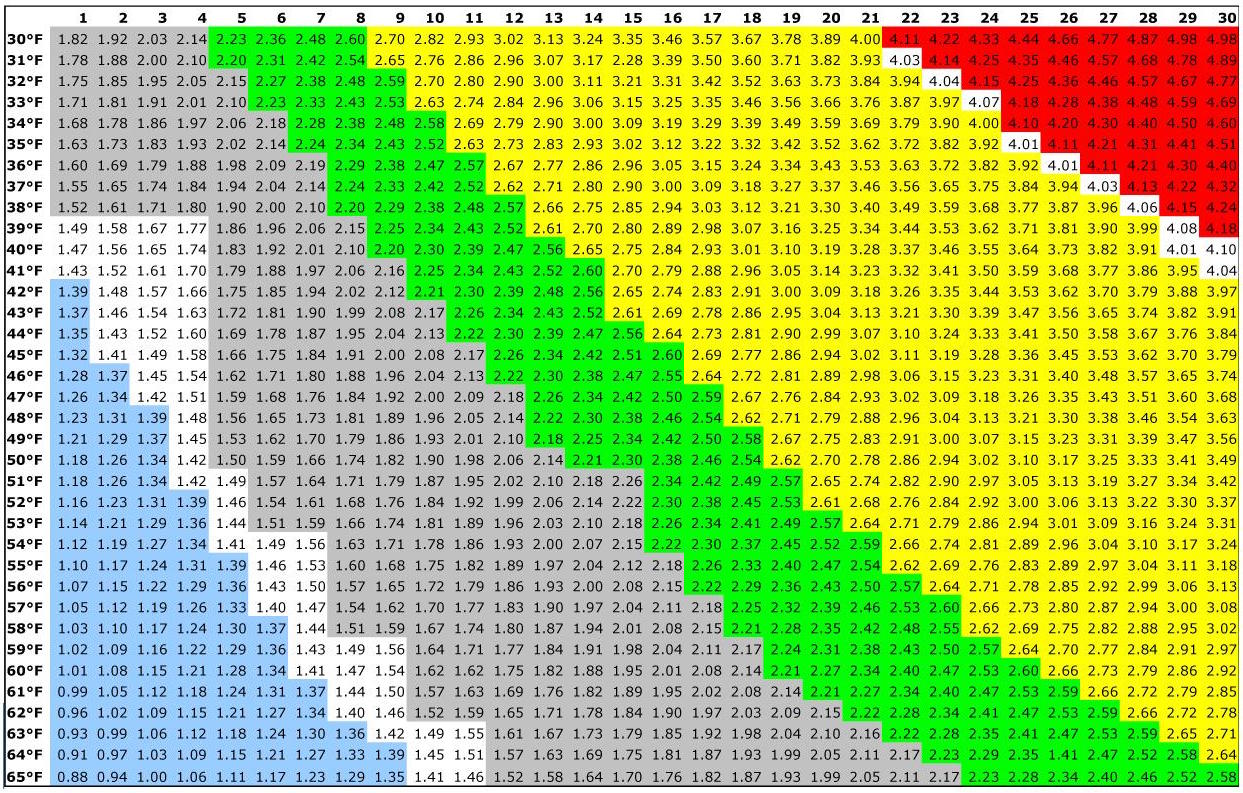Hey all does anyone use a flow meter when carbing? I’ve been using the following but have ended up with the same issue each time I replace it, liquid (beer) backfills into it and then in to lines when the pressure equalizes over time.
has anyone used one that has a check valve or doesn’t face this issue?
JIAWANSHUN Oxygen Air Flow Meter... JIAWANSHUN Oxygen Air Flow Meter 0.1-1.5LPM / Gas Flowmeter with Copper Connector for Oxygen Air Gas Conectrator: Amazon.com: Tools & Home Improvement
has anyone used one that has a check valve or doesn’t face this issue?
JIAWANSHUN Oxygen Air Flow Meter... JIAWANSHUN Oxygen Air Flow Meter 0.1-1.5LPM / Gas Flowmeter with Copper Connector for Oxygen Air Gas Conectrator: Amazon.com: Tools & Home Improvement













![Craft A Brew - Safale BE-256 Yeast - Fermentis - Belgian Ale Dry Yeast - For Belgian & Strong Ales - Ingredients for Home Brewing - Beer Making Supplies - [3 Pack]](https://m.media-amazon.com/images/I/51bcKEwQmWL._SL500_.jpg)













































